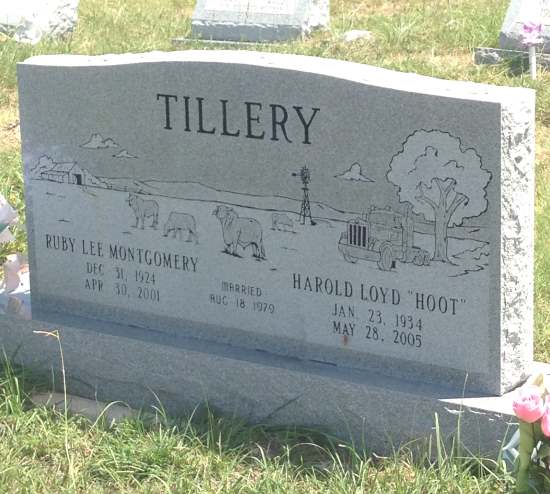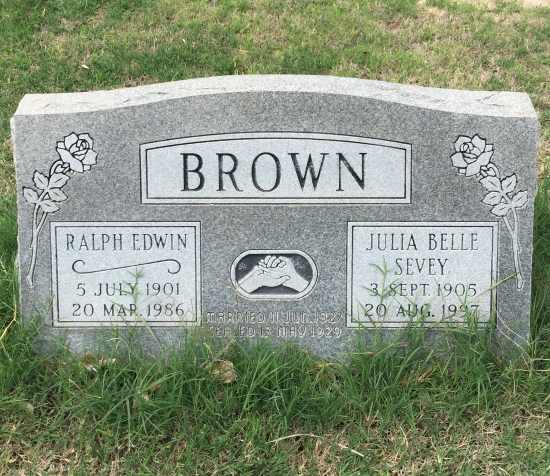Symbolic Meaning of Left & Right
For this week’s Historic Cemetery Symbols post, we explore: The Meaning of Left and Right, and the Vein of Love!

Left and Right on a Headstone
Married folks often share a headstone, and when they do, most of the time you will notice that – as you stand facing the monument – the wife’s name will be on the left, and the husband’s name will be on the right.
In the same vein (pun intended, but you’ll have to read the rest of this post to get it!), if you’ve ever attended a traditional Christian wedding, then you may also recall that the bride’s family always sits on the left side of the church and the groom’s on the right.
The reasons for having the woman on the left and men on the right have grown murky over time. As a writer, I find it frustrating when I can’t pin things down exactly during my research. But, here’s what I’ve got. One school of thought claims the reason a bride stands to the left of her husband is so that she is closest to his heart, and maybe that’s true.
It’s certainly a romantic notion!
Another idea is that grooms kept their brides on the left in order to keep their fighting arm free to swing a sword if need be during the ceremony. This supposedly hearkens back to the days when brides were sometimes snatched away by competitors, even in the middle of a marriage ceremony!
The Vein of Love
One thing I do know is that it was once believed that a special vein ran from the fourth finger of the left hand directly up the arm and straight to the heart. This vein was called the “vena amoris,” which means “vein of love” in Latin.
And, hey, maybe the ancients were onto something here. After all, a common heart attack symptom for men includes a pain that radiates down the left arm.
In any case, it has become traditional for wives to be buried on the left, with their husbands buried on the right. Other clues about the deceased’s family use left
Other Clues Revealed by Left & Right
Paying attention to the left and right side of a grave often reveals other information. For instance, if you see a headstone with, say, 2 stars on the left and 3 on the right, this is most likely more than just a decorative motif. The number of stars on the left might mean how many daughters this person had, while the number of stars on the right could represent how many sons!

Exceptions to the Rule!
While it’s exciting to learn the meaning behind historic cemetery symbols there are exceptions to every rule! As I like to say:
“When it comes to Cemetery Symbolism:
Just because it’s written in stone, doesn’t mean it’s written in stone!” – Tui Snider
Case in point, check out the headstone pictured above. This time, the husband is on the left and the wife is on the right! I think I just *might* know the reason for the above exception, but I will share it in a future week’s article about this and other exceptions. I simply wanted to give you a little teaser here today! Bwa ha ha!
Field Guide to Cemetery Symbolism:
I am currently writing a field guide to historic cemetery symbolism. Each Tuesday, I share a small snippet from my upcoming book. It’s my goal to create a handy-dandy pocket guide for taphophiles, genealogists, ghost hunters, and anyone else interested in the historic graveyard symbols that have become forgotten over the years.
Which symbols are you curious about?
Let me know in the comments if there is a certain symbol that you are curious about. Also, if you would like to know when the cemetery symbolism guide is available for purchase, scroll down and sign up for my newsletter! I look forward to hearing from you!
Want to read more like this?

To read about more weird, offbeat, and overlooked places, check out my best-selling travel guide:
UNEXPECTED TEXAS: Your Guide to Offbeat & Overlooked History, Day Trips & Fun Things to do near Dallas & Fort Worth

For ghost hunting hot spots, check out my best-selling travel guide to haunted places:
PARANORMAL TEXAS: Your Travel Guide to Haunted Places near Dallas & Fort Worth

For a strange-but-true tale of Texas history, check out this bizarre piece of West Texas history:
The Lynching of the Santa Claus Bank Robber
Hey, you! Want to come along for the ride?

FREE WEEKLY NEWSLETTER: For updates on my offbeat travels, books, & other fun stuff (such as postcards from the road!) subscribe to my newsletter using the form below. Each week, I’ll let you know the Historic Cemetery Symbol of the Week, who Teal Gray & I are interviewing on our show that night, and any other fun or interesting news. You can also mix & mingle with me by clicking this link & “liking” my Facebook Author Page:
That’s interesting, but about the sword fighting thing, what if the guy is left handed? Wouldn’t he want his wife-to-be on his right then so his left hand was free? Or did they only teach sword fighting with the right hand?
Yeah, Patricia! That’s a good question. Of course, being left-handed carried such a stigma for so many years, that there may not have been too many left-handed swordsman. I write with my left hand, but if I’d been born 100 years ago, my teachers might not have let me choose that hand.